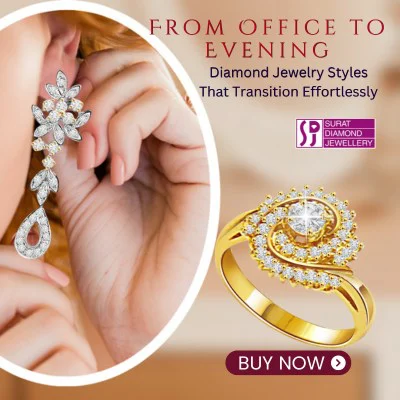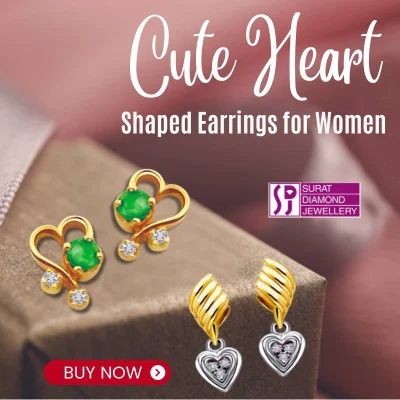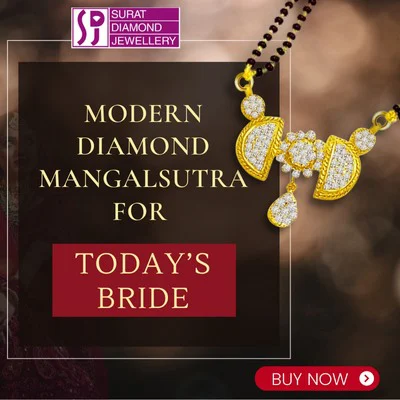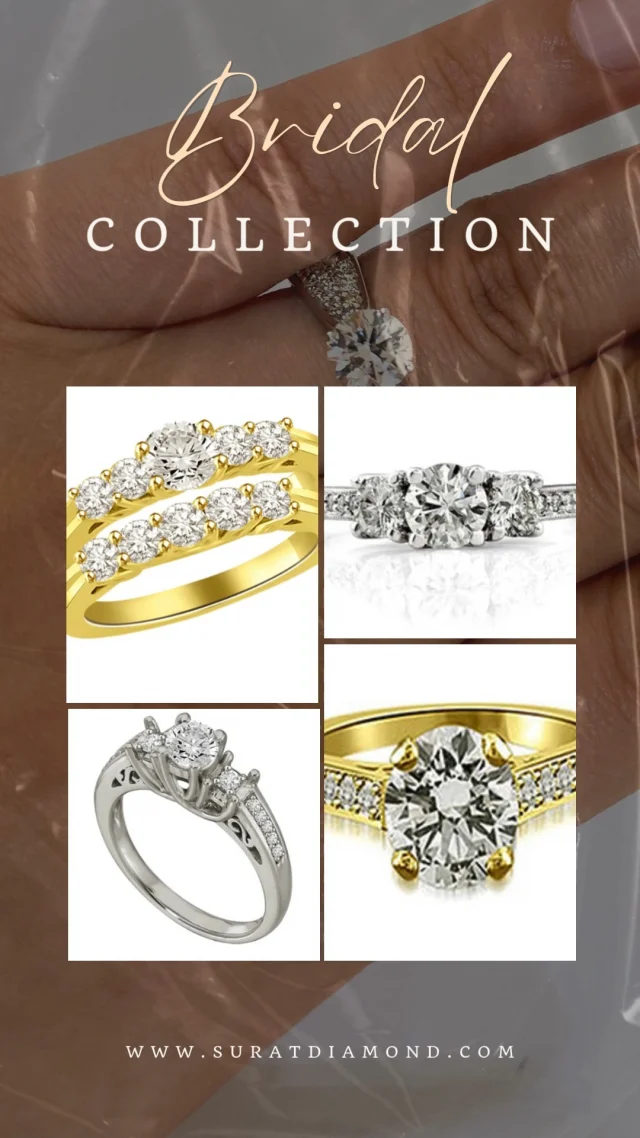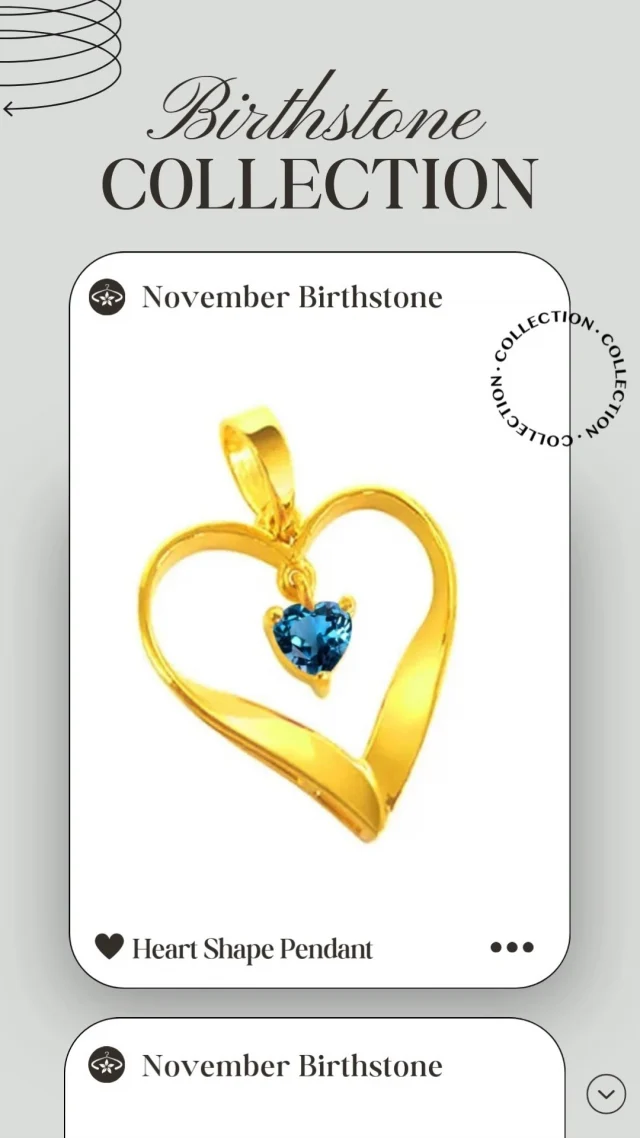Tips For Buying Diamond Jewellery For The First Time
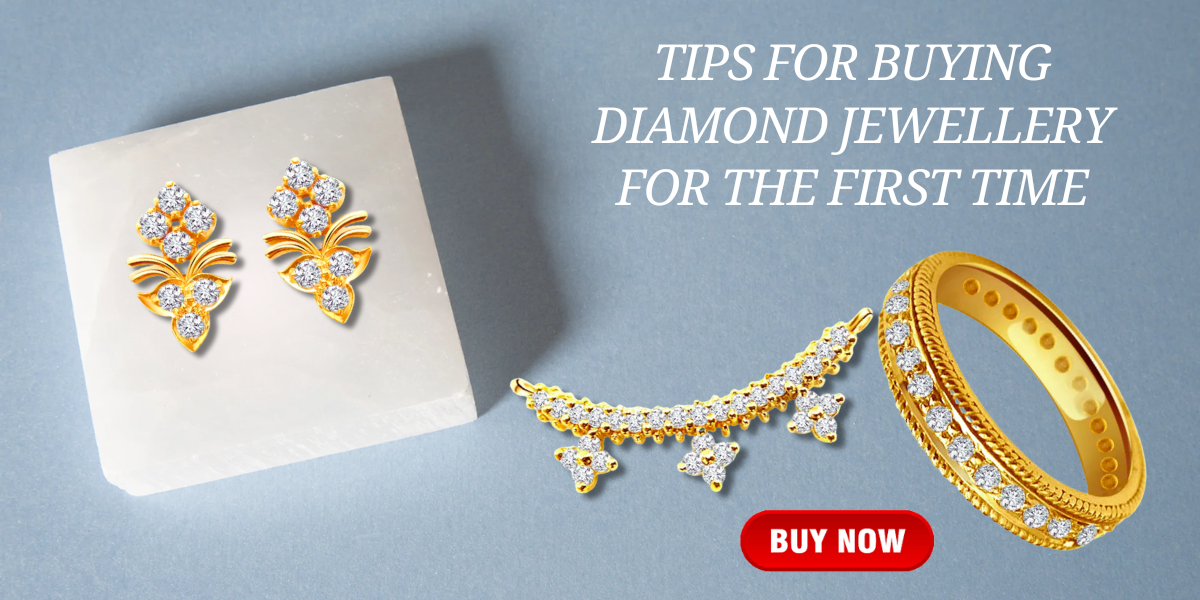
Buying diamond jewelry for the first time is an exciting and significant milestone. However, it can also be daunting due to the various factors and terminologies involved. Whether you’re looking to buy a solitaire diamond ring or other diamond pieces, understanding the basics can make the process smoother and more enjoyable. This comprehensive guide will provide you with essential tips to buy your first diamond, ensuring you make an informed and confident purchase.
Understand the 4Cs
Cut
The cut of a diamond is arguably the most important aspect as it determines the diamond’s brilliance. A well-cut diamond will reflect light beautifully, enhancing its sparkle and overall appearance. When buying diamond jewellery, always prioritize the cut.
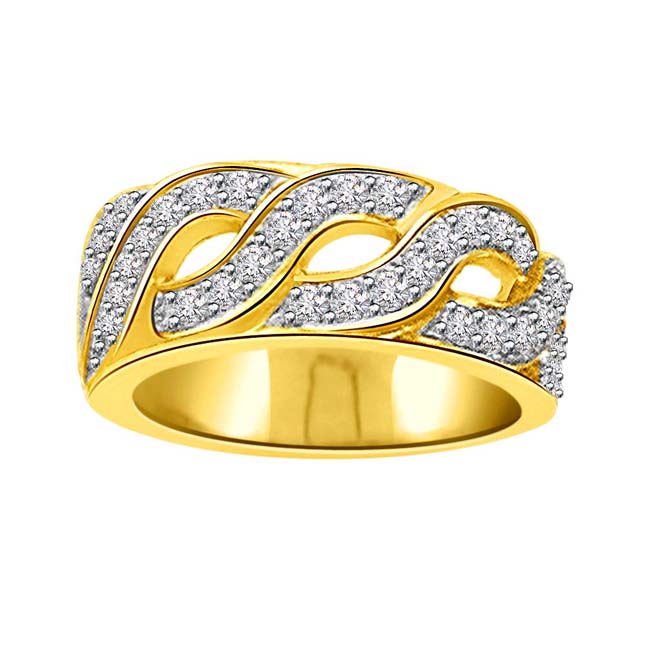
Color
Diamonds come in various colors, from completely colorless to shades of yellow and brown. The less color a diamond has, the higher its value. For first-time buyers, choosing a diamond in the near-colorless range (G-H) offers a good balance between quality and price.
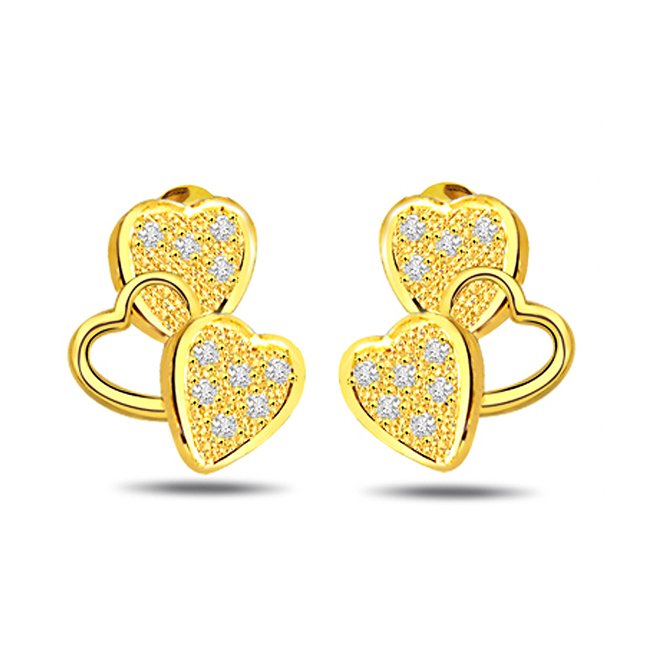
Clarity
Clarity refers to the presence of internal or external imperfections, known as inclusions and blemishes. Most inclusions are microscopic and do not affect the diamond’s beauty to the naked eye. Opt for a diamond with a clarity grade of VS1 or VS2 for a high-quality stone without visible flaws.
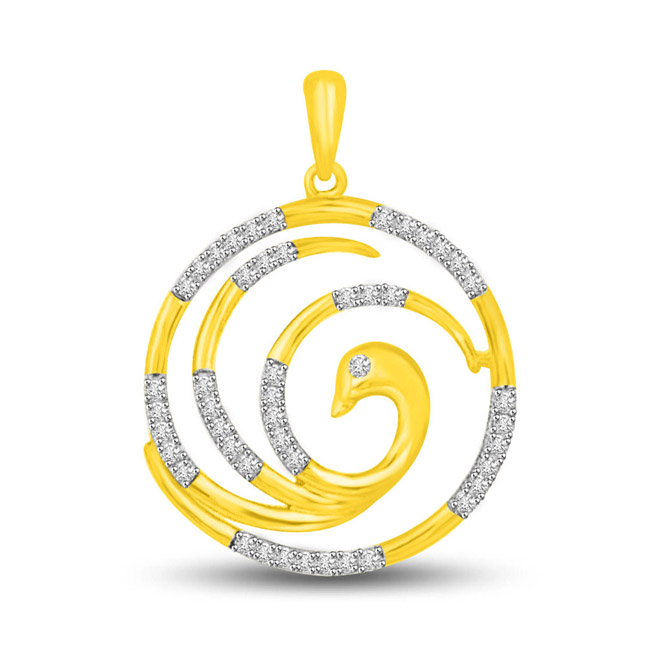
Carat
Carat weight measures the size of the diamond. While larger diamonds are more expensive, they are not necessarily better. Consider balancing the carat weight with the quality of the cut, color, and clarity to find a diamond that fits your budget and preferences.

Set a Budget
Determine Your Spending Limit
Setting a budget is crucial when buying diamond jewellery. Diamonds come in a wide range of prices, so knowing your spending limit will help narrow down your options. Remember to factor in the cost of the setting and any additional features you might want.

Prioritize Quality Over Size
It’s better to choose a smaller, higher-quality diamond than a larger one with visible flaws or poor cut quality. Prioritizing quality ensures that your diamond jewelry will look stunning and retain its value over time.
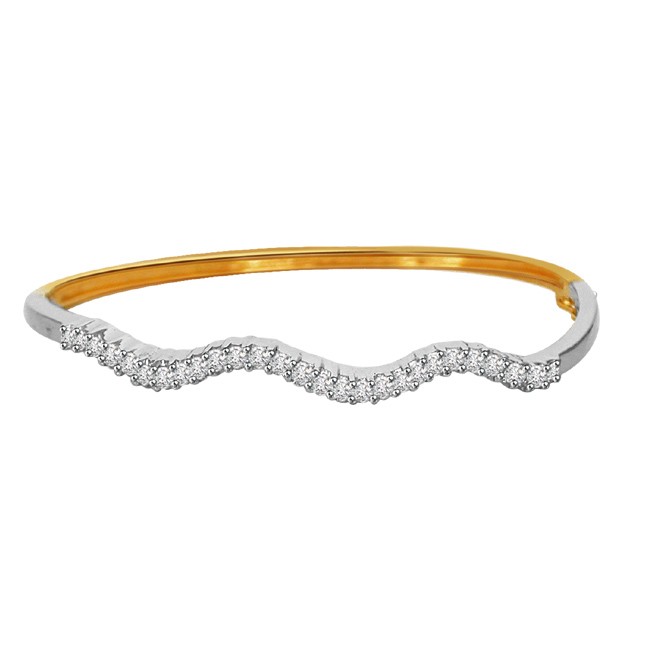
Choose a Reputable Jeweler
Research and Reviews
Selecting a reputable jeweler is essential for a trustworthy purchase. Look for jewelers with positive reviews and a solid reputation. Ask for recommendations from friends or family who have experience in buying diamond jewellery.
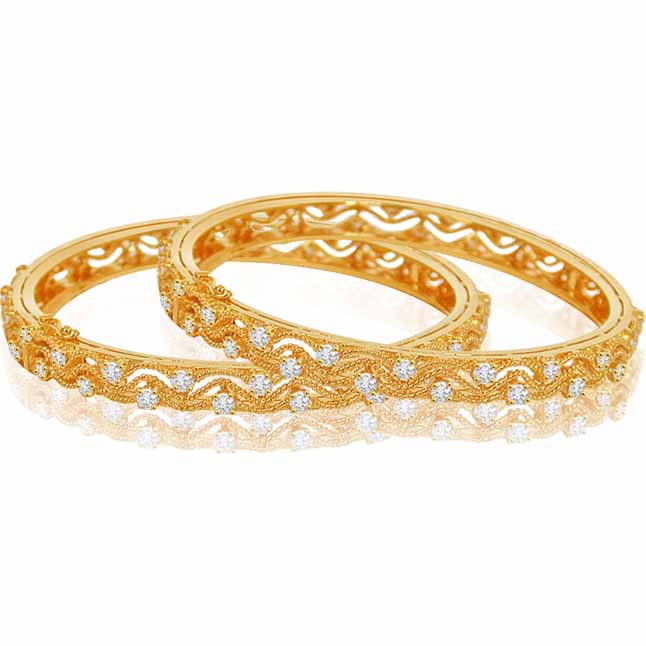
Certification and Documentation
Ensure that the solitaire diamond comes with a certification from a reputable gemological laboratory, such as the GIA (Gemological Institute of America) or IGI (International Gemological Institute). This certification verifies the diamond’s quality and authenticity.
Decide on the Setting
Types of Settings
The setting of your diamond jewelry plays a significant role in its overall appearance. Common settings include:
– Prong Setting: Uses metal prongs to hold the diamond, allowing maximum light exposure for added brilliance.
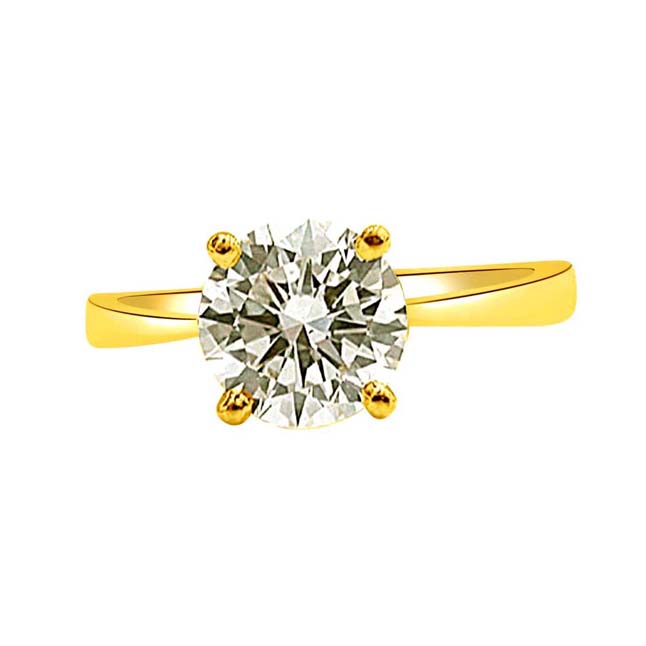
– Bezel Setting: Encircles the diamond with a metal rim, offering a sleek and modern look.
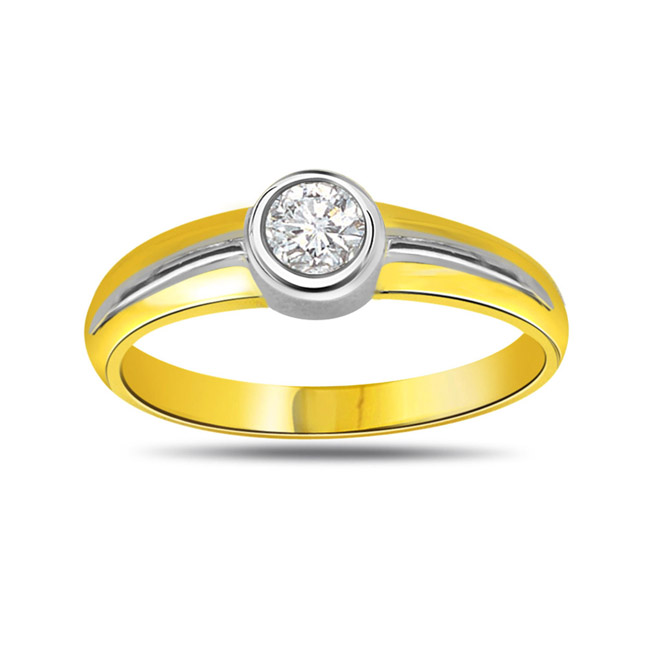
– Pavé Setting: Features small diamonds set closely together, enhancing the ring’s sparkle.
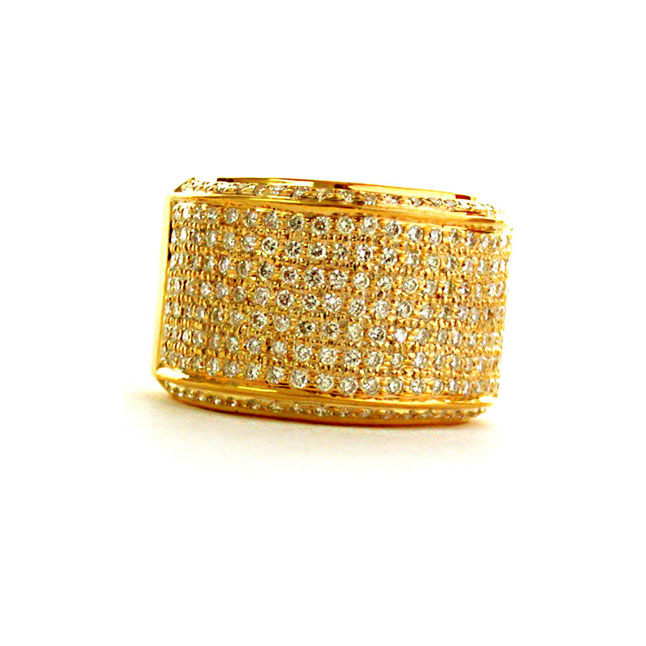
Match with Lifestyle
Consider the recipient’s lifestyle when choosing a setting. For instance, a prong setting might not be ideal for someone with an active lifestyle as the diamond is more exposed and prone to damage.
Consider Diamond Shape
Popular Shapes
Diamonds come in various shapes, each with its unique appeal. Popular shapes include:
– Round: Known for its brilliance and classic look.
– Princess: Square-shaped with a modern appearance.
– Emerald: Rectangular with step cuts, offering a sophisticated and elegant look.
– Heart: Symbolizes love and romance, perfect for a heart-shaped diamond ring.
Personal Preference
The shape of the diamond is a matter of personal preference. Consider the recipient’s taste and style when selecting the shape.
Evaluate the Metal
Types of Metals
The metal used in the setting can enhance the beauty of the diamond. Common metals include:
– Platinum: Durable and hypoallergenic, ideal for everyday wear.
– White Gold: Offers a similar appearance to platinum but at a lower cost.
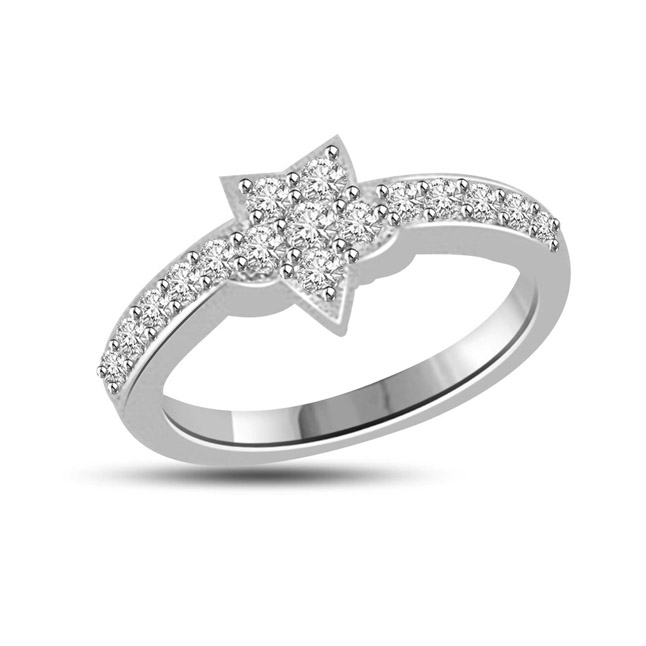
– Yellow Gold: Provides a classic and timeless look.
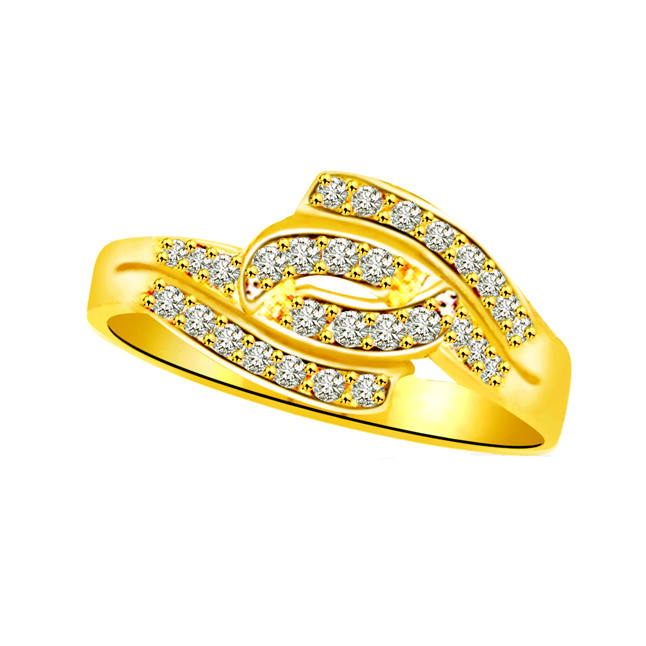
– Rose Gold: Has a unique and romantic appeal.
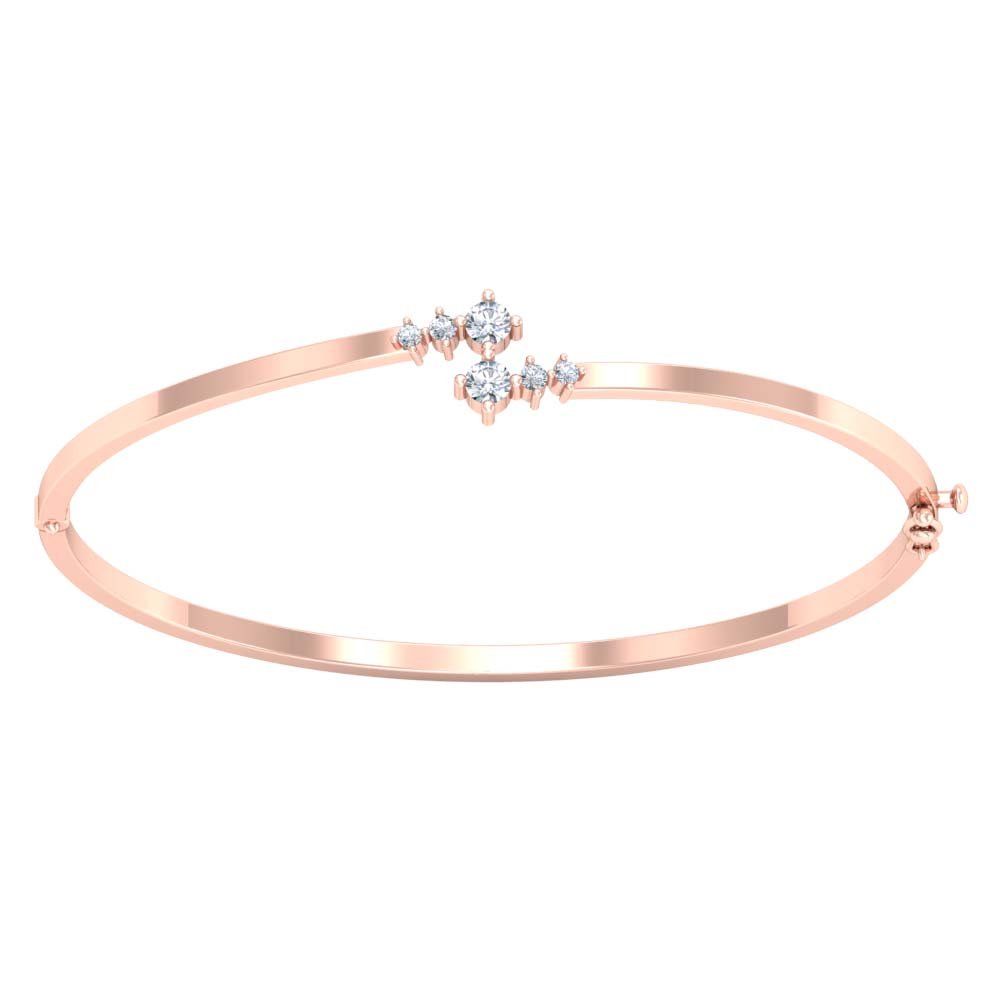
Matching with Skin Tone
Choose a metal that complements the recipient’s skin tone. For example, yellow and rose gold look great on warmer skin tones, while white metals like platinum and white gold suit cooler skin tones.
Inspect the Diamond
Use a Loupe
A jeweler’s loupe is a magnifying glass that allows you to inspect the diamond closely. Examine the diamond for any inclusions, blemishes, or irregularities. A well-cut diamond will have symmetrical facets and a clean appearance.
Compare Multiple Diamonds
Don’t settle for the first diamond you see. Compare multiple diamonds to get a sense of what different quality grades look like and to find the best one within your budget.
Understand the Return Policy
Read the Fine Print
Before making a purchase, ensure you understand the jeweler’s return policy. A good return policy will give you peace of mind and allow you to return or exchange the diamond if it does not meet your expectations.
Time Frame
Check the time frame within which you can return the diamond. Most reputable jewelers offer a 30-day return policy, but this can vary.
Get Insurance
Importance of Insurance
Diamond jewelry is a significant investment, so insuring it is essential. Insurance protects your purchase against loss, theft, or damage.
Choosing an Insurance Provider
Look for an insurance provider that specializes in jewelry. Some jewelers offer insurance plans, or you can add the jewelry to your existing homeowner’s or renter’s insurance.
Maintain Your Diamond
Regular Cleaning
Regular cleaning is crucial to maintain the sparkle of your diamond jewelry. Use a gentle cleaning solution and a soft brush to clean the diamond at home. Professional cleanings are also recommended periodically.
Proper Storage
Store your diamond jewelry in a fabric-lined jewelry box to prevent scratches and damage. Keep each piece separate to avoid them rubbing against each other.
Conclusion
Buying diamond jewellery for the first time is a memorable experience. By understanding the 4Cs, setting a budget, choosing a reputable jeweler, and considering the recipient’s lifestyle and preferences, you can make a well-informed decision. Whether you’re looking to buy a solitaire diamond ring or another piece of diamond jewelry, these tips will help you navigate the process with confidence and ease.
FAQs
What are the most important factors to consider when buying diamond jewelry?
The most important factors include the 4Cs (cut, color, clarity, and carat), the setting, and the jeweler’s reputation.
How can I ensure I’m getting a good quality diamond?
Ensure the diamond comes with a certification from a reputable gemological laboratory and inspect it closely using a jeweler’s loupe.
Should I prioritize diamond size or quality?
It’s better to prioritize quality over size. A smaller, well-cut diamond will be more brilliant and beautiful than a larger, poorly cut one.
Is it necessary to insure my diamond jewelry?
Yes, insuring your diamond jewelry is crucial to protect your investment against loss, theft, or damage.
Key Takeaways
Buying diamond jewelry for the first time involves understanding the 4Cs, setting a budget, and choosing a reputable jeweler. Prioritize quality over size and consider the recipient’s lifestyle when selecting the setting. Ensure the diamond is certified and inspect it closely before purchasing. Regular cleaning and proper storage will maintain its sparkle. For more information and to explore exquisite diamond jewelry, visit Surat Diamond Jewellery.
By following these tips and guidelines, you can confidently make your first diamond jewelry purchase and enjoy a piece that will be cherished for years to come.


